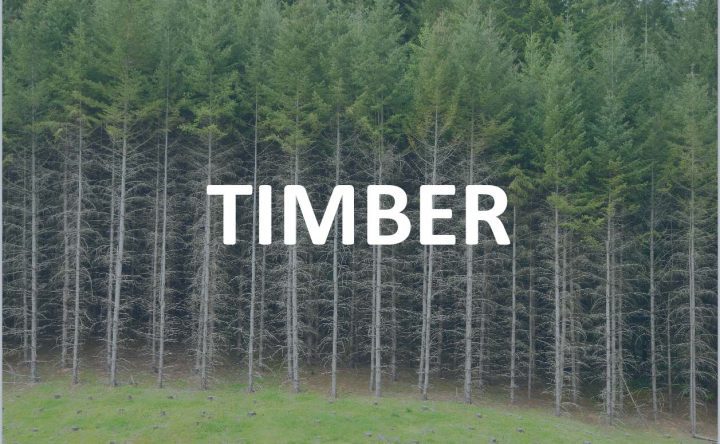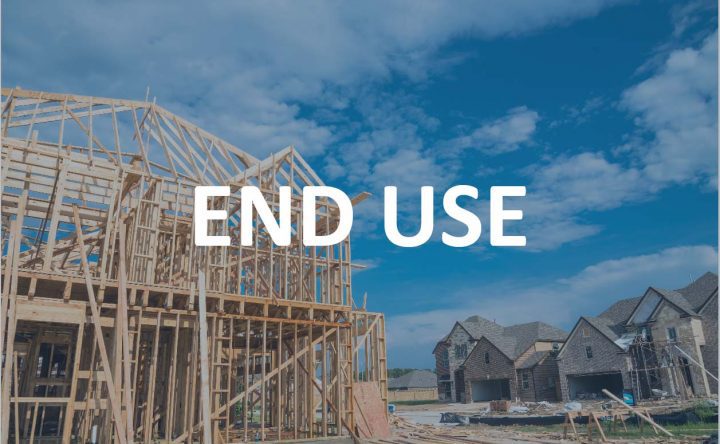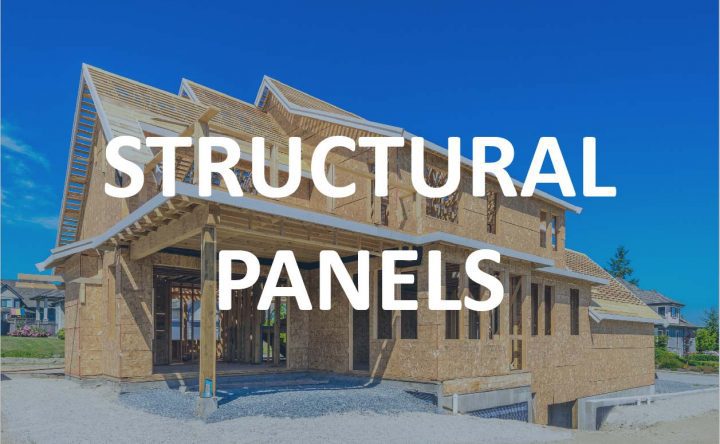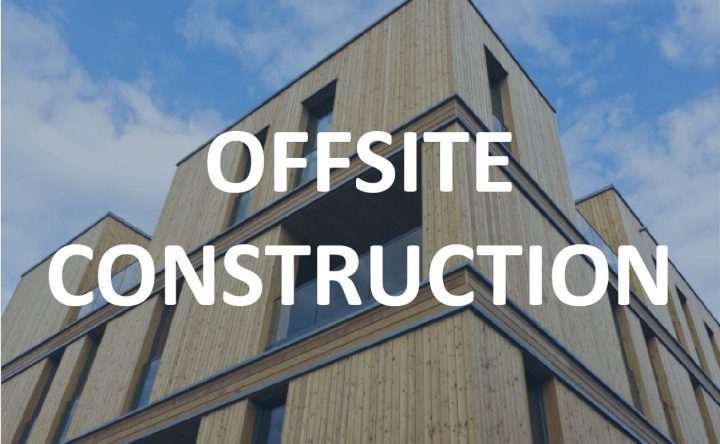The Alberta provincial government has asked interested companies to submit proposals to harvest timber within two Forest Management Units (FMUs) — one of which encompasses most of the Barrhead and Westlock Counites — over a five-year period. The Alberta Agriculture, Forestry, and Rural Economic Development released the original Request for Proposal (RFP) in early December. The closing date for proposals to be submitted to the province is January 31, 2022.
Wood Markets News
Federal Housing Finance Agency Reports U.S. Home Prices Increase 1.1% Month-Over-Month and 17.5% Year-Over-Year in November 2021
According to the latest Federal Housing Finance Agency (FHFA) House Price Index (HPI®), released today (1-25-22), U.S. house prices increased 1.1% month-over-month in November. House prices increased 17.5% from November 2020 to November 2021. The previously reported 1.1% percent price change for October 2021 remained unchanged.
Home Prices Increase 1.5% Month-Over-Month and 21.0% Year-Over-Year in November, According to First American Financial Corporation
In November’s RHPI, First American found that real house prices increased by 1.5% from October and were up 21.0% year-over-year. It also found that the average house now costs $475,180 up $2,818 from $472,362 in October, while the average household income is $69,807, up by $414 from $69,393. According to First American, the three key points of the First American RHPI are income, mortgage rates, and an unadjusted house price index.
S&P CoreLogic Case-Shiller National Home Price Index Increases 18.8% in November
According to the S&P CoreLogic Case-Shiller U.S. National Home Price NSA Index, which covers all nine U.S. Census divisions, reported today (1-25-22) that home prices experienced a 18.8% annual gain in November. This is down from a 19.0% annual gain in October, which was down from the 19.7% annual gain in September 2021. The 10-City Composite annual increase came in at 16.8%, down from 17.2% in October.
Consumer Confidence Declines in January, Ending Three Consecutive Months of Gains
The Conference Board, a non-partisan, not-for-profit think tank founded in 1916, released today (1-25-22) their Consumer Confidence Index® (CCI) for January 2022. The CCI declined in January after an increase in December. The Index now stands at 113.8 (1985=100), down from 115.2 in December. The Present Situation Index — based on consumers’ assessment of current business and labor market conditions — improved to 148.2 from 144.8 in December.
Freddie Mac Predicts Stable Single-Family Housing Market in 2022
Freddie Mac released its new Quarterly Forecast on Friday (1-21-22). The forecast is from Freddie Mac’s Chief Economist Sam Khater, who is predicting that in spite of mortgage interest rates rising, the single-family housing market in 2022 will remain stable. Khater added that rising rates will lead to moderation in homebuyer demand, slowing house price growth somewhat.
China’s Softwood Lumber Imports Declined Year-Over-Year in 2021
China’s imports of softwood lumber in 2021 declined by -26.2% year-over-year to 18.5 thousand m3. The value of those imports decreased by -6.2% to $4.1 billion. The average price of softwood lumber imported into China increased 27% to $222 per m3. This is according to Lesprom Analytics.
Huber Engineered Wood Submits Revised Environmental Assessment Worksheet to the Cohasset, MN City Council
Huber Engineered Woods of Charlotte, NC submitted a revised Environmental Assessment Worksheet (EAW) on Tuesday (1-18-22) to the City of Cohasset, Minnesota. Huber is hoping to win the city’s approval to construct a 750,000 square-foot mill on about 400 acres adjacent to Minnesota Power’s Boswell Energy Center in Cohasset, which was originally announced in June of 2021.
Al Talah Board Company Producing OSB from Recycled Date Palm Tree Waste in the UAE
Al Talah Board Company, with headquarters in Abu Dhabi, United Arab Emirates (UAE), produced its first branded “Desert Board” OSB on December 14th, 2021. The Desert Board was produced in a new Dieffenbacher plant, which is using recycled date palm tree waste to manufacture the OSB boards. Al Talah Board contracted with Dieffenbacher in 2019 to create the unique OSB plant.
B.C. Becomes Mass Timber Hub of North America — How it All Began
According to Nate Bergen, project development manager at Kinsol Timber Systems, “British Columbia is currently seen as the hub of North America when it comes to mass timber architecture, engineering, and installation.” Bergen goes onto say in his interview with the Daily Hive, that “Aside from all the performance advantages of mass timber, some of the biggest benefits come from the ability to pre-plan and prefabricate mass timber buildings…”







